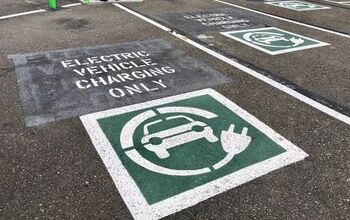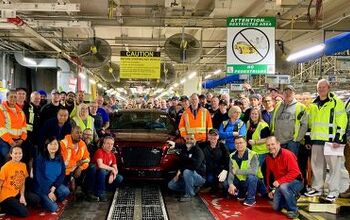GM's $39b Hit to Offset Value of Deferred Tax Assets, Explained
To try to get my head 'round the fact and ramifications of this accounting-related announcement, I sent an email to TTAC's Deep Throat. "Effectively, a company keeps two sets of books: one for financial disclosure and one for the taxman. The tax credits created by depreciating assets accumulate faster/look smaller on the tax books than on the financial books. The difference between the two creates a tax credit (a.k.a. an asset). Assuming static business, over time, as the financial books catch up with the tax books, the credits get "used up." If a company grows, those deferred tax credits also grow. But the tax credits cannot exist forever; they must get paid. With this move, GM is essentially saying its accountants can no longer justify carrying these tax credits as an asset; they reckon their employer's future growth is limited. All that said, the $39b announcement may not necessarily result in a cash payout because of the way the tax code works. It's very arcane stuff that few people really understand. My guess is that this will have some cash consequences, but we'll have to wait and see if, when and how much. Meanwhile, it's safe to say this announcement will raise concerns about GM's prospects in the credit markets given the further fragility of GM's balance sheet." [NB: Accounting and high finance experts are invited to add their perspective, as long as they do so in something resembling plain English.]
More by Robert Farago


































Comments
Join the conversation
Looking at their release, a couple of other things popped out at me that are worse than I've thought. 1) In the 3rd quarter, 38.1% of car sales were fleet compared to 33.9% last year. For trucks it went from 17.3% to 21.6%. YTD, there's almost no change. So they may be sending fewer vehicles to fleets on an absolute basis but they are depending on fleet sales no less than before. 2) They shaved 14K hourly employees to a total of 78K but only shaved 1K salaried employees to a total of 32K?
bleah-The salaried vs. hourly employees makes sense. The hourly employees are the ones that actually make the vehicles. If each model sells 20% less than the previous one, you need 20% less hourly employees (give or take). BUT, you don't eliminate any salaried employees. You still need the same number of engineers, the same number of accountants, the same number of secertaries, the same number of dealer reps, the same number of ad people, the same number of lawyers, the same number of... Now, you could eliminate some engineers and ad people, etc., if you offered fewer models. But that doesn't seem to be the case. The only GM brand that is shrinking signficantly, in the number of models offered, is Buick. And the number of models Saturn is offering growing by about the same amount. The only change is that each individual model is selling fewer. This is not a good thing. IMHO, a small company that used to be big is usually in a lot worse shape than a small company that's always been small. The formerly big company's fixed expenses (not just salaries) are higher, because they are designed around when the company was bigger and probably haven't shrunk to match.